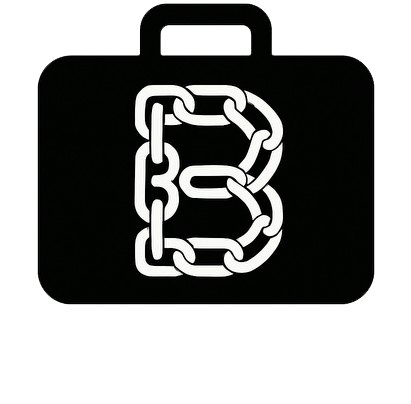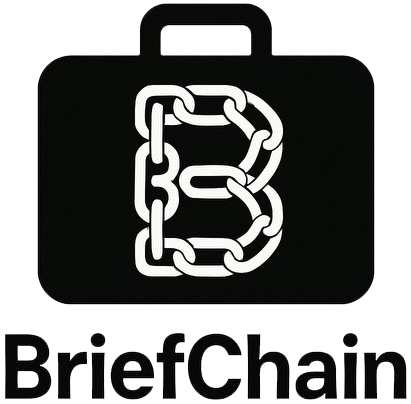If you’ve just opened a Tax-Free Savings Account (TFSA) and maxed out your $7,000 contribution room but aren’t sure what to buy, resist the urge to park it in a guaranteed investment certificate (GIC) that barely outpaces inflation.
For beginners, my go-to choice is index exchange-traded funds (ETFs). These funds track broad market benchmarks made up of hundreds of stocks. They won’t beat the market, but for a very low fee, they’ll match its returns, which, combined with consistent saving and patience, can set you up to retire on time.
With thousands of ETFs available and new exotic variations popping up every year, the choices can feel overwhelming. My advice is to stick with the basics: broad diversification and low fees. Here are three ETFs I like that, when combined, give you a globally diversified portfolio.
U.S. stocks
For most Canadians, it makes sense to allocate about half of a TFSA portfolio to U.S. stocks. The U.S. market is the largest and most diverse in the world, offering exposure to leading companies across multiple sectors.
While no single stock is guaranteed, owning the market as a whole gives you access to the long-term growth engine of the global economy. A simple way to do this is through Vanguard S&P 500 Index ETF (TSX:VFV).
VFV holds 500 large U.S. companies, with more weight given to the biggest names. The fund has a natural tilt toward technology and healthcare. It charges a very low 0.09% management expense ratio (MER), which means just $9 annually on a $10,000 investment.
Canadian stocks
A good rule of thumb is to keep about 25% of your TFSA portfolio in Canadian stocks. This “home country bias” makes sense because dividends from Canadian companies are more tax-efficient in a TFSA (U.S. ones lose 15% of their dividends to withholding tax), and you don’t take on the same level of currency risk as you do with foreign holdings.
iShares S&P/TSX 60 Index ETF (TSX:XIU) is a straightforward option. It charges a 0.18% MER—slightly higher than VFV, but still reasonable—and holds 60 of Canada’s largest blue-chip companies.
Financials and energy make up a large part of the index, and investors also benefit from a trailing 12-month yield of about 2.6%. Reinvesting those dividends is key to compounding.
International stocks
Diversifying beyond North America is just as important. Global markets expose you to trends and growth opportunities that don’t always move in lockstep with U.S. or Canadian stocks.
One option is BMO MSCI EAFE Index ETF (TSX:ZEA). EAFE stands for Europe, Australasia, and Far East, and the fund covers countries such as the U.K., Germany, France, Japan, and Australia.
The MER is 0.22%, the highest of the three funds, but that’s not unusual for global ETFs. It also pays a 2.21% annualized yield, which adds to total returns if you reinvest it consistently.
The Foolish takeaway
Once you’ve built this portfolio, the next step is discipline. Reinvest your dividends, contribute consistently, and once a year, rebalance back to your 50/25/25 split between VFV, XIU, and ZEA. Rebalancing forces you to sell a little of what’s done well and buy what’s lagging, keeping your risk profile in check over the long term.





